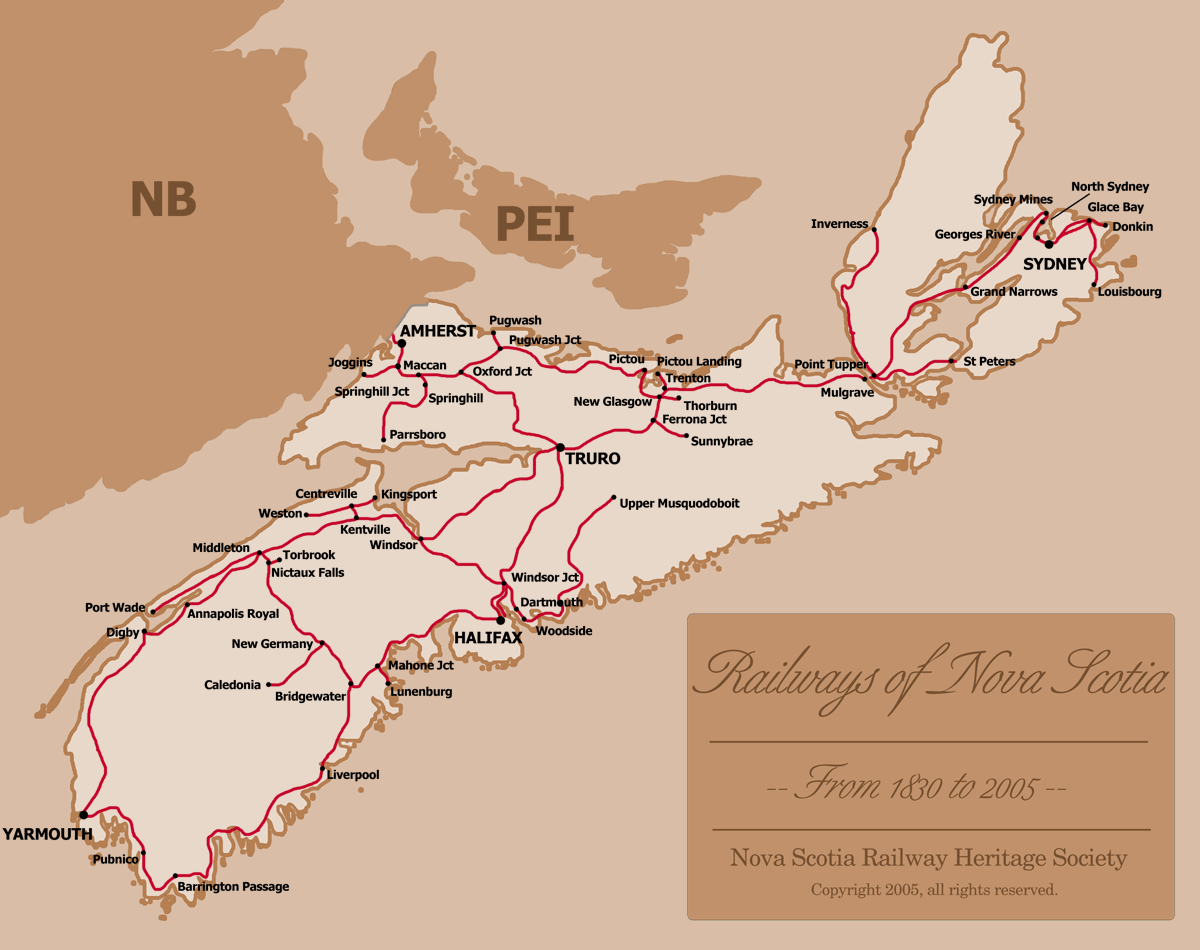Quote:
Originally Posted by TheNovaScotian


This used to be well connected province now we struggle to keep a bus service running |
Nova Scotia has never had anything approaching a public transportation strategy; has never, in fact, accepted any real leadership role in public transport. (To be sure, Nova Scotia is not alone in this.) Consider that the province has done virtually nothing beyond some limited piecemeal grant programs to grow municipal transit. (Stephen McNeil’s government was in fact the first to provide any meaningful contributions for urban transit in Halifax and Sydney.) As for supporting intercity transport, successive provincial governments have disavowed any responsibility. One might suggest that the Yarmouth-Maine ferry is an outlier but I expect most Nova Scotians would agree this service plays very little public transport role and is more about regional economic development.
(It’s relevant the ferry connection began as an integrated part of the Halifax-Digby-Yarmouth rail line to link Halifax with New England. It’s long been my view that allowing that line to be abandoned without serious intervention was a costly error.)
Consider when I was beginning my career in the mid-70s, I often had to travel around the province. Without a car, I still had multiple transport options. To travel to Yarmouth from Halifax, depending on my budget and schedule, I could choose to fly on an Air Canada DC9, take a Dominion Atlantic (Canadian Pacific) Dayliner, or choose one of a few daily bus departures on Acadian Lines via Kentville or MacKenzie Lines via Bridgewater. Today your choice is to find an unregulated van service, beg a ride or drive yourself, if you are able.
Nova Scotia, like all provinces, spends hundreds of millions every year on roads and calls this an “investment” with the understanding that asphalt wins votes. Unfortunately, with an aging population and growing acceptance of the social and environmental impact of a highway-dependent economy, the real cost of these choices is becoming more apparent every year.



